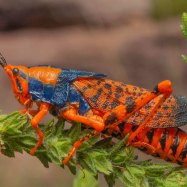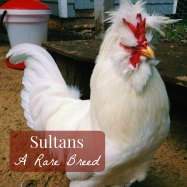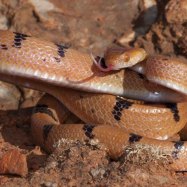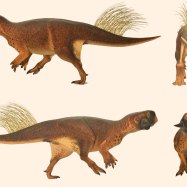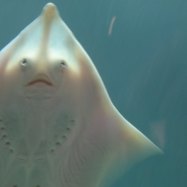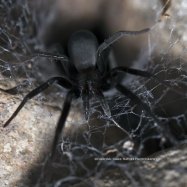
Eurasian Wolf
1.3 - 1.6 meters
The Eurasian Wolf is a fascinating animal found in Europe and Asia. Known for their slender and agile body shape, they can reach a length of 1.3 to 1.6 meters. Belonging to the Canidae family, they are skilled hunters and roam in packs. Make sure to catch a glimpse of these majestic creatures on your next trip to Europe or Asia! #EurasianWolf #Canidae #Europe #Asia #wildlife
Animal Details Summary:
Common Name: Eurasian Wolf
Kingdom: Animalia
Habitat: Forests, grasslands, mountains
The Magnificent Eurasian Wolf: An Apex Predator of Europe and Asia
The Eurasian Wolf, also known as the gray wolf or the common wolf, is a majestic and powerful creature that roams the forests, grasslands, and mountains of Europe and Asia. With its scientific name, Canis lupus lupus, the Eurasian Wolf belongs to the Kingdom Animalia, Phylum Chordata, and Class Mammalia. This creature is a member of the Carnivora order and Canidae family, making it a close relative of domestic dogs, foxes, and other species of wolves.From children's fairy tales to pop culture references, the Eurasian Wolf has long been an iconic figure in human literature and mythology Eurasian Wolf. However, there is much more to this magnificent creature than meets the eye. In this article, we will delve deep into the world of the Eurasian Wolf, exploring its habitat, feeding habits, geographic distribution, physical characteristics, and more.
Habitat and Geographic Distribution
The Eurasian Wolf can be found in various habitats, ranging from dense forests to wide-open grasslands and even high-altitude mountains. These habitats provide everything the wolf needs to survive - ample prey, shelter, and protection. They are also excellent hunters, equally proficient at taking down large prey like deer and small prey like rodents.But the Eurasian Wolf is not just confined to a specific area. It has a vast geographic distribution, spanning across Europe and Asia. It can be found in countries like Russia, Kazakhstan, Turkey, Poland, and the Czech Republic. The largest populations are found in Russia, where the species is considered a national symbol English Cream Golden Retriever.
Feeding Habits
As a carnivorous animal, the Eurasian Wolf primarily feeds on other animals. Its diet varies depending on its habitat and prey availability. In forested regions, the wolf mainly preys on deer, elk, moose, and other large herbivores. In grasslands, they hunt smaller prey like rabbits, hares, and rodents. They are also known to hunt livestock, which has caused conflicts with humans in the past.The Eurasian Wolf is a highly adaptable predator, capable of adjusting its diet to survive. In harsh winters, when prey is scarce, they are known to scavenge on carcasses or even eat berries and fruits. They are also opportunistic hunters, taking advantage of weak or injured animals. This flexibility in their feeding habits has contributed to their survival and success as apex predators.
Physical Characteristics
The Eurasian Wolf is a beautiful and imposing creature, with distinctive gray, brown, and black fur. Some individuals may have white markings on their chest, throat, or tail, giving them a unique appearance. Their fur also serves a practical purpose - it acts as camouflage, blending in with their surroundings and making it easier for them to hunt and avoid predators.Their body shape is slender and agile, perfect for chasing and catching prey. The Eurasian Wolf has a narrow, pointed snout, sharp teeth, and powerful jaws, designed for tearing and crushing flesh. They also have exceptional eyesight, hearing, and sense of smell, making them efficient hunters. They are also highly social animals, living and hunting in packs made up of 5-10 individuals.
Size and Weight
The Eurasian Wolf is one of the largest subspecies of gray wolves, with an average length of 1.3-1.6 meters from nose to tail. The males are typically larger and heavier, weighing around 35-50kg, while females weigh slightly less at 30-40kg. However, with access to abundant prey, some individuals can reach up to 70kg, making them one of the biggest predators in their ecosystem.These large sizes and weights are essential for the Eurasian Wolf's survival. It allows them to hunt and take down formidable prey, defend themselves and their pack, and survive in harsh weather conditions.
Adaptations for Survival
The Eurasian Wolf has evolved and developed several unique adaptations to survive and thrive in its environment. One of the most notable is its fur, which not only provides camouflage but also serves as insulation against cold weather. They also have fur-covered paws, which act as snowshoes, allowing them to traverse snowy terrain with ease.Their keen senses of smell and hearing also aid in their survival. The wolf can smell prey from a distance of up to 2.5 kilometers, allowing them to locate and track their next meal. Their excellent hearing enables them to pinpoint the exact location of prey, even in thick vegetation.
The pack structure of the Eurasian Wolf also contributes to its survival. By living and hunting in packs, they can take down larger prey, defend their territory, and provide protection and care for the young and injured individuals. This social cooperation and teamwork have made the Eurasian Wolf a formidable and successful predator.
Conservation Status
Despite their adaptability and widespread distribution, the Eurasian Wolf's population has faced threats and challenges over the years. They were hunted to near extinction in many parts of Europe due to human persecution, loss of habitat, and declining prey populations. In the 20th century, they were protected under law and reintroduced in some areas, leading to a slow recovery of their population.Currently, the Eurasian Wolf is listed as a least concern species on the IUCN Red List, with a stable population. However, they still face threats from habitat loss, illegal poaching, and conflicts with humans. Continued conservation efforts are necessary to ensure their survival and maintain a balance in the ecosystem.
The Importance of the Eurasian Wolf
The Eurasian Wolf plays a crucial role in maintaining a healthy ecosystem. As apex predators, they keep prey populations in check, preventing overgrazing and promoting the growth of diverse plant communities. They also contribute to the balance of predator-prey interactions, ensuring the survival of various species in their habitat.Furthermore, the Eurasian Wolf has cultural and ecological significance. It is a symbol of strength, intelligence, and survival in many cultures and has inspired numerous myths, legends, and popular culture references. It is a testament to the resilience and adaptability of the animal kingdom and the importance of preserving natural habitats.
The Future of the Eurasian Wolf
The Eurasian Wolf has faced numerous challenges and threats over the years, but with conservation efforts and understanding of its vital role in the ecosystem, its population has made a slow but steady recovery. Continued efforts to protect their habitats and reduce conflicts with humans are crucial for their survival.There are also ongoing scientific studies to understand their behavior, genetics, and social structures better. This knowledge will help in the conservation efforts and ensure the long-term survival of the Eurasian Wolf.
In Conclusion
The Eurasian Wolf is a magnificent and resilient creature, with unique adaptations and behaviors that have allowed it to survive for thousands of years. It is a vital part of the ecosystem, playing a crucial role in maintaining a balance and preserving biodiversity. Through ongoing conservation efforts and understanding of its importance, we can ensure the continued existence of this apex predator for generations to come. Let us appreciate and respect the magnificent Eurasian Wolf and its place in the natural world.
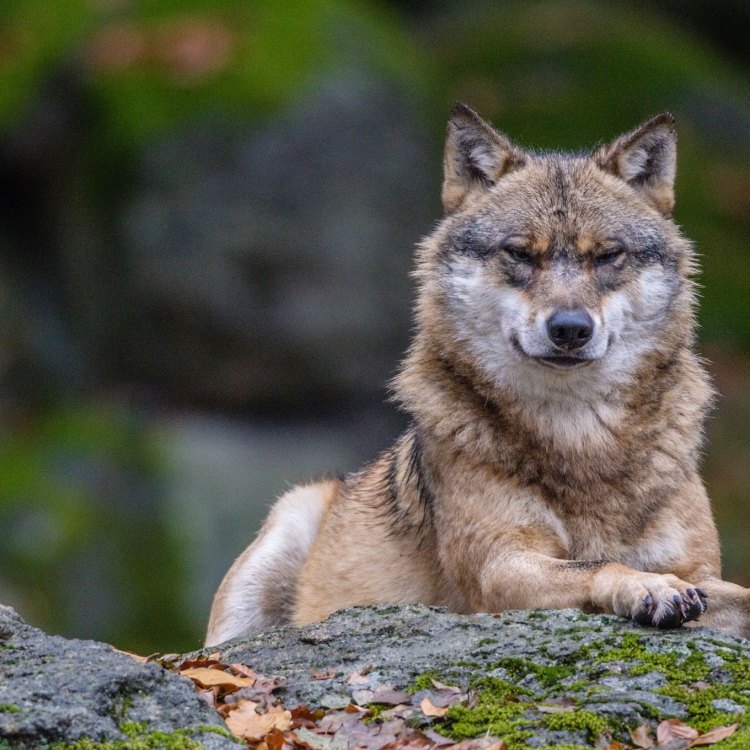
Eurasian Wolf
Animal Details Eurasian Wolf - Scientific Name: Canis lupus lupus
- Category: Animals E
- Scientific Name: Canis lupus lupus
- Common Name: Eurasian Wolf
- Kingdom: Animalia
- Phylum: Chordata
- Class: Mammalia
- Order: Carnivora
- Family: Canidae
- Habitat: Forests, grasslands, mountains
- Feeding Method: Carnivorous
- Geographical Distribution: Europe, Asia
- Country of Origin: Eurasia
- Location: Europe, Asia
- Animal Coloration: Gray, brown, black, white
- Body Shape: Slender and agile
- Length: 1.3 - 1.6 meters
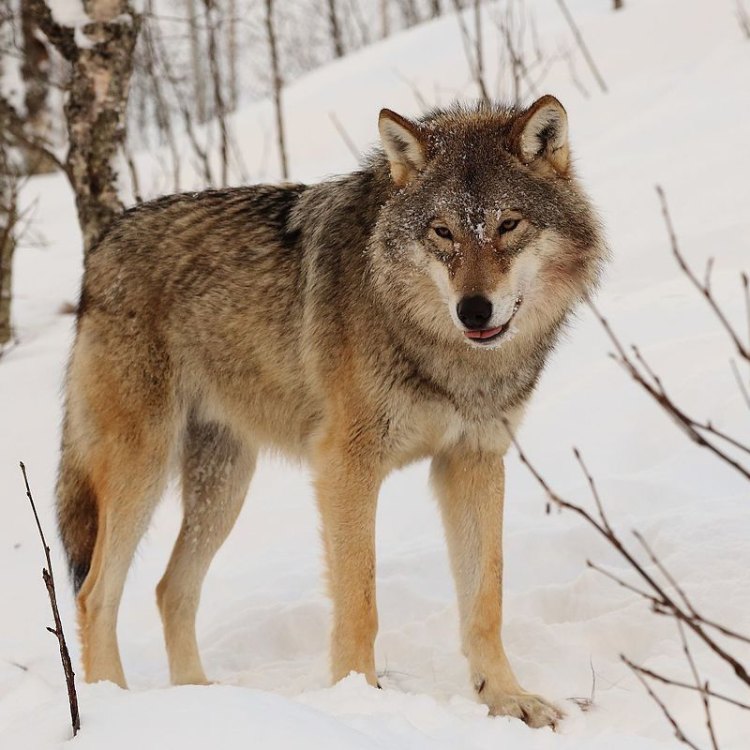
Eurasian Wolf
- Adult Size: 60 - 80 cm at the shoulder
- Average Lifespan: 6 - 8 years
- Reproduction: Sexual
- Reproductive Behavior: Mating season is typically in the winter
- Sound or Call: Howling
- Migration Pattern: Some populations exhibit seasonal migrations
- Social Groups: Pack
- Behavior: Hunts in organized groups, highly territorial
- Threats: Habitat loss, hunting
- Conservation Status: Least Concern
- Impact on Ecosystem: Keystone species
- Human Use: Hunting, fur trade
- Distinctive Features: Large size, long legs, sharp teeth
- Interesting Facts: Eurasian Wolves are skilled hunters and have the ability to take down large prey such as deer and boar.
- Predator: Humans
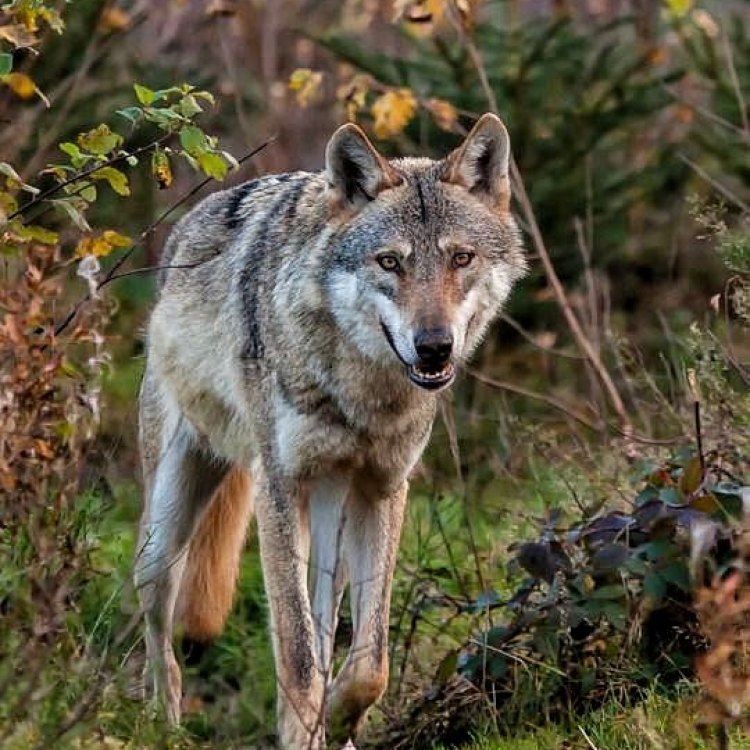
Canis lupus lupus
The Fascinating World of Eurasian Wolves: Discovering Their Unique Features
The Eurasian Wolf, also known as the Gray Wolf or the Common Wolf, is a majestic and fascinating creature that roams the vast Eurasian continent. As the ancestor of our beloved domestic dogs, this species holds a special place in our hearts and piques our curiosity with its intriguing characteristics. From its predatory nature to its migratory patterns, the Eurasian Wolf is a species that deserves to be explored and understood.Here, we will delve into the world of Eurasian Wolves and discover their unique features, including their size, lifespan, reproductive behavior, social groups, behavior, threats, conservation status, impact on ecosystems, human use, distinctive features, interesting facts, and predators PeaceOfAnimals.Com.
Size and Appearance
The first thing that comes to mind when thinking about wolves is their size and majestic appearance. Adult Eurasian Wolves can measure between 60 to 80 cm at the shoulder, making them quite tall compared to other wolf subspecies. They can weigh between 30 to 80 kilograms, with males typically being larger than females.One distinctive feature of Eurasian Wolves is their long legs, which allow them to run at high speeds and cover long distances during hunts. Their muscular bodies are covered with thick fur that varies in color from light grey to dark brown. This helps them blend in with their surroundings and stay camouflaged while hunting or in their pack's territory.
Their sharp teeth, strong jaws, and powerful legs are their weapons, making them skilled predators. Their impressive size and appearance make the Eurasian Wolf a symbol of strength, courage, and resilience.
Lifespan and Reproduction
Like most wild animals, the lifespan of Eurasian Wolves is relatively short, with an average of 6 to 8 years European Corn Borer. This is due to various factors, including diseases, competition for resources, and human interference. However, some individuals can live up to 13 years in captivity.Reproduction in Eurasian Wolves is sexual, with a dominant male and female pair leading the pack. Mating season usually occurs in the winter, with the female giving birth to around 4 to 6 pups after a gestation period of 63 days. Both parents are responsible for raising and protecting the pups, with the whole pack contributing to their survival. This cooperative behavior within the pack is crucial for the species' survival and ensures a high success rate in raising offspring.
Behavior and Social Groups
Eurasian Wolves are known for their highly social behavior, with strong bonds formed within the pack. They live in large family units, known as a pack, which can consist of up to 40 individuals. The pack is led by an alpha male and female, with the rest of the pack consisting of their offspring and other members.Within the pack, there is a well-established hierarchy, with the alpha male and female being the dominant individuals. The pack works together to hunt for food, defend their territory, and raise their young. This cooperative behavior is a testament to the intelligence and social abilities of Eurasian Wolves.
Their hunting behavior is also fascinating, with the pack working together in an organized and coordinated manner. They often hunt larger animals, such as deer and boar, and have the ability to bring them down with their combined strength and tactics. This hunting behavior also helps keep their population in check and maintain a balanced ecosystem.
Threats and Conservation Status
Unfortunately, Eurasian Wolves face threats in the wild, mostly due to human activities. The most significant threat is habitat loss due to human development and expansion, leading to a decline in prey availability. This, in turn, affects the survival of the species, as they heavily rely on large and healthy prey populations.Hunting is another significant threat to Eurasian Wolves. They are often seen as a threat to livestock and are hunted by farmers and ranchers to protect their herds. In some parts of the world, wolves are also hunted for their fur, which is used in the fur trade industry.
Thankfully, due to conservation efforts and increased awareness, the Eurasian Wolf's conservation status is currently labeled as Least Concern by the International Union for Conservation of Nature (IUCN). However, continued efforts are needed to protect and preserve their habitat and ensure their survival in the wild.
Impact on Ecosystems
As apex predators, Eurasian Wolves play a crucial role in maintaining balance and diversity within their ecosystem. By hunting large herbivores, they help regulate their population, preventing overgrazing and destruction of vegetation. This, in turn, allows for a diverse range of plant species to thrive and provide habitat and food sources for other animals.Additionally, wolves also act as a "keystone species," meaning their presence is essential to the functioning of their ecosystem. Without wolves, the entire ecosystem could collapse, affecting all the species within it. That is why it is crucial to protect and conserve this species to maintain a healthy and balanced ecosystem.
Human Use: Hunting and Fur Trade
Sadly, humans have had a complex relationship with Eurasian Wolves for centuries. They have been both revered and feared, hunted and admired. In ancient cultures, wolves were revered and often seen as symbols of protection and strength. However, as time has passed, humans have come to see them as a threat, leading to their persecution and hunting.Despite their vital role in maintaining ecosystems, wolves are often hunted for sport and in retaliation for attacks on livestock. In some parts of the world, they are also hunted for their fur, which is highly valued in the fur trade industry.
It is essential to note that sustainable hunting practices can benefit both humans and wolves. Proper management of wolf populations can reduce potential conflicts with humans and maintain a steady population in their ecosystem. On the other hand, the fur trade industry is highly controversial and often inhumane, with the use of leg hold traps and other cruel methods. Awareness and education about ethical and sustainable practices are crucial to protect and conserve this species while also meeting human needs.
Distinctive Features and Interesting Facts
Aside from their impressive size and hunting abilities, the Eurasian Wolf has several distinctive features that make them stand out. As mentioned earlier, their long legs, thick fur, and sharp teeth make them formidable predators. They also have a distinctive howling sound, which plays an essential role in communication within the pack and marking their territory.One interesting fact about Eurasian Wolves is their ability to take down large prey such as deer and boar. Despite their relatively smaller size compared to other wolf subspecies, their coordinated and cooperative hunting behavior helps them succeed in taking down large animals.
Another fascinating feature of wolves is their impressive memory. They have excellent navigational skills and can remember their territory, food sources, and even social bonds with other pack members, making them highly intelligent animals.
Predators
Unfortunately, the Eurasian Wolf's biggest predator is us, humans. Our actions and interference in their natural habitat have resulted in a decline in their population and put them at risk of extinction. However, in areas where humans do not pose a significant threat, wolves may also fall prey to other predators such as bears and tigers.The Importance of Understanding the Eurasian Wolf
In conclusion, the Eurasian Wolf is a remarkable species that plays a vital role in maintaining the delicate balance in their ecosystems. Understanding and appreciating their unique features, behaviors, and impact on the environment is crucial in protecting and conserving them for future generations.As responsible stewards of our planet, it is our duty to ensure that wolves and other wild animals are given the respect and protection they deserve. By educating ourselves and others about this fascinating species, we can work towards coexisting peacefully and sustainably with these magnificent creatures. We must also support conservation efforts and ethical practices to ensure the survival of this keystone species and their essential role in maintaining a healthy ecosystem.
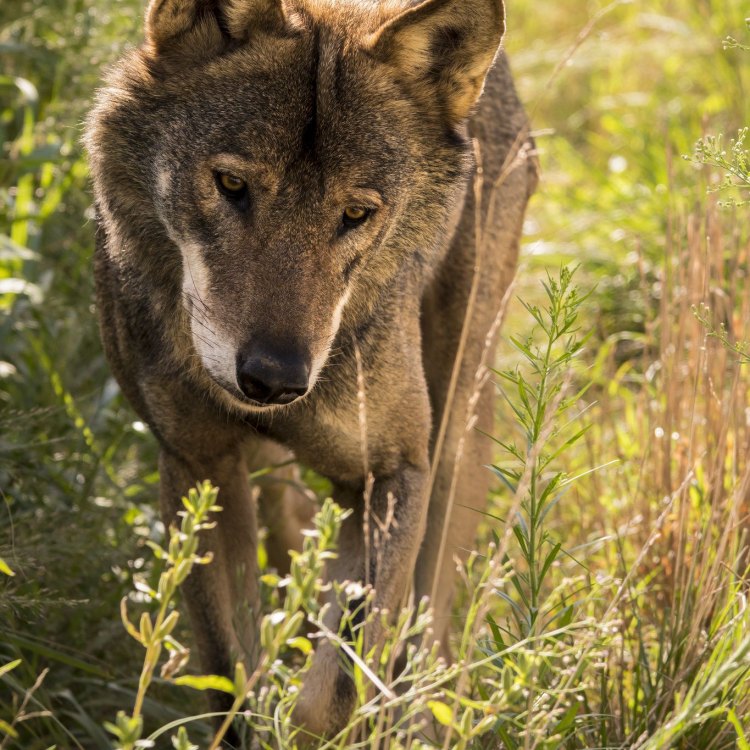
The Magnificent Eurasian Wolf: An Apex Predator of Europe and Asia
Disclaimer: The content provided is for informational purposes only. We cannot guarantee the accuracy of the information on this page 100%. All information provided here may change without prior notice.

